
Two workers carry out the manual process of dyeing thread at the Am Salama Laundry in the Ghouriya area of Cairo. These threads are later used in the production of clothing. © Fady Ashraf Mahfouz / UNESCO Youth Eyes on the Silk Roads
The land and maritime trade networks often referred to as the ‘Silk Roads’ were an expansive set of connections that brought multiple peoples and cultures into contact with each other. Originating in East Asia, South Asia and Southeast Asia, the Silk Roads crossed Central Asia, the Russian steppe, the Iranian and Anatolian plateaus, and the Arabian Peninsula. They stretched through North and Northeast Africa, from Tanzania to Morocco before finally reaching Eastern and Southern Europe. In addition to allowing for the movement of material goods, the Silk Roads facilitated the exchange of ideas, technologies, languages, cuisines, and fashions for thousands of years, and in doing so greatly shaping the cultures of our contemporary world. UNESCO has sought to cultivate a better understanding of this rich history and shared legacy since 1988 through its ‘Silk Roads Programme’. The programme revives and extends these historic networks in a digital space, bringing people together in an ongoing dialogue around the inter-related cultures located along these routes.
First launched in 2018, and now in its 4th year, the international photography competition Youth Eyes on the Silk Roads is one of the programme’s primary initiatives. The contest offers an exciting opportunity for young photographers all over the world to capture their understanding of the shared heritage of the Silk Roads through the lens of their cameras. As the visual arts, and particularly photography, are so often used by young people as a tool for communication and self-expression, the images we share can play a significant role in raising awareness of the key issues facing the world. As such, the contest encourages the use of photography to extend cultural interactions and encounters around the globe, to foster mutual understanding, and to promote peace amongst the diverse populations encompassed by the Silk Roads.
The contest is open to anyone aged 14 to 25, and each year a specific theme or themes are chosen as a prompt for photographers. For example, in 2021 in response to the Covid-19 pandemic, the contest ran with two parallel themes of ‘Textiles and Clothing’ and ‘Intercultural Exchanges in the Time of Covid-19’. As this third edition took place at a time when many educational and cultural institutions were closed, the contest provided a platform for young people to connect with one another in a digital space and share their creativity and visions for the post-pandemic world.
Not limited to a digital format, each year a professionally printed album Youth Lens on the Silk Roads is published. Here the winning photography, as well as selection of the very best shortlisted entries, are presented alongside a reflection from each photographer on the shared heritage and contemporary importance of the Silk Roads.
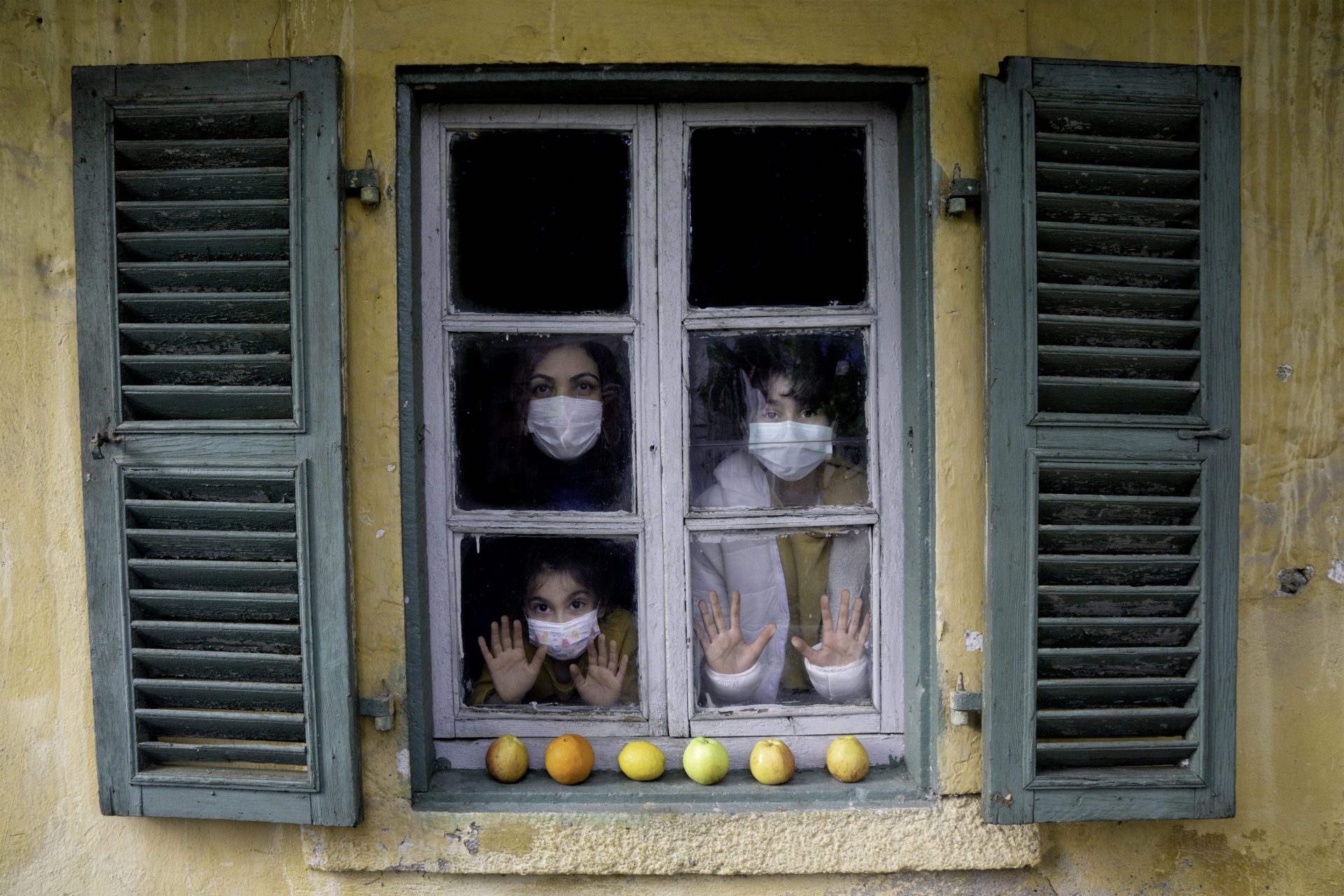
Road in the Window, Arda Taş (16 years old), Turkey
My mother, who worked hard throughout the Covid-19 pandemic, wears her mask. Next to her, the neighbours’ children look out from the window. Living at the bridge between Asia and Europe, besides wishing for the end of the pandemic, they also want to interact with others along the Silk Roads again. This is the way to a better world. ©Arda Taş / UNESCO Youth Eyes on the Silk Roads
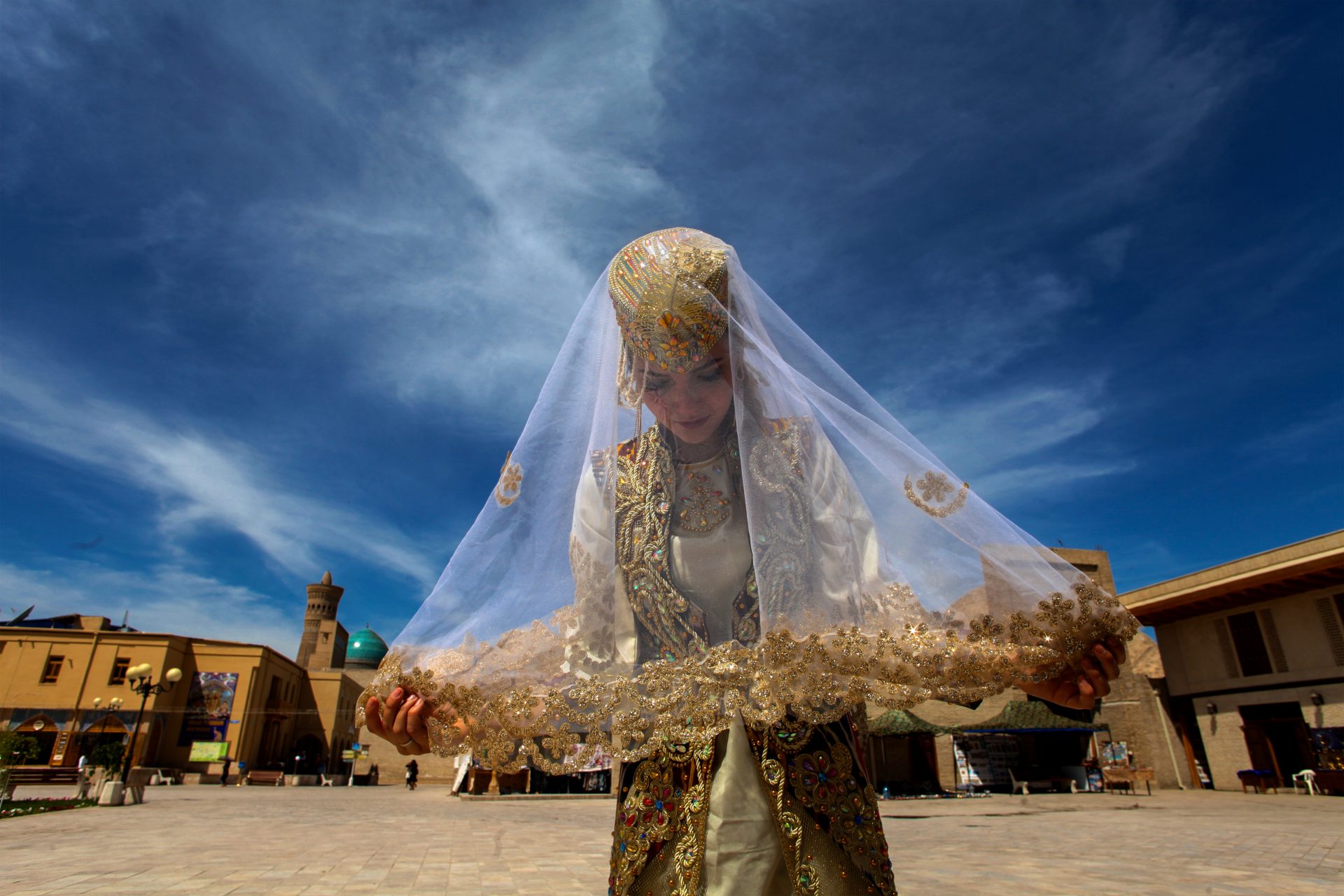
Happy Moment, Behzod Boltaev (25 years old), Uzbekistan
A woman performs a bridal greeting in the old district of Bukhara. Located on the Great Silk Roads, Bukhara has a centuries long tradition of rich culture. One such beautiful tradition is the bridal greeting with each bride wearing a distinctive bridal outfit after the wedding to stand out from non-married women. ©Behzod Boltaev / UNESCO Youth Eyes on the Silk Roads
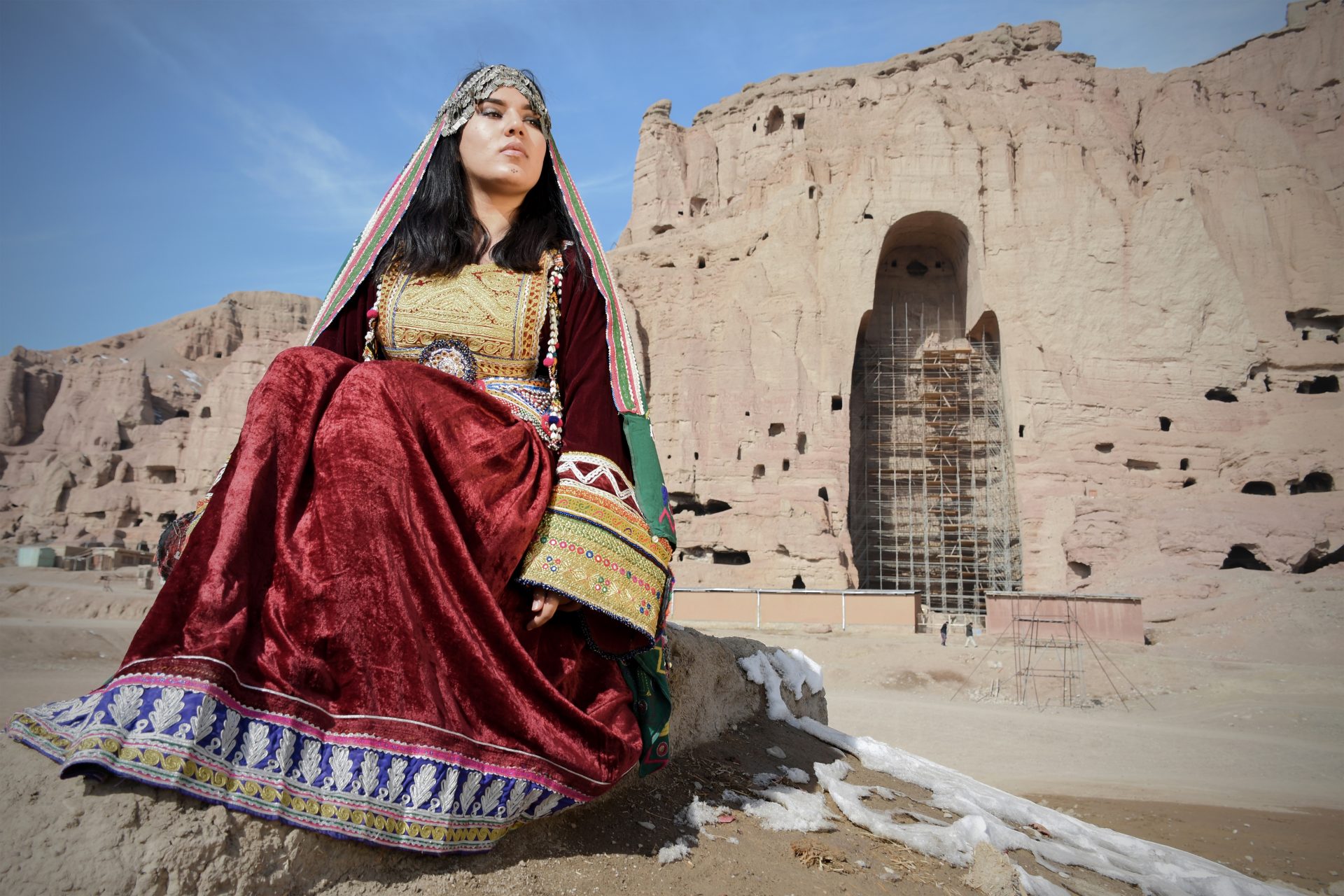
Beauties of Culture, Mohammad Ali Mirzayee (21 years old), Afghanistan
Rayhana is a designer. She makes traditional clothes using different elements of intangible cultural heritage. Bamyan was once on a major route of the Silk Roads which connected East and West for trade and cultural exchange. Traders used to stay at the Buddhist site in Bamyan for weeks or months as it had a caravansarai for rest. After all these years, the people of Bamyan still wear their traditional clothes at functions and events, sometimes posing in front of the Bamyan Buddha to keep their ancestors’ culture alive. © Mohammad Ali Mirzayee / UNESCO Youth Eyes on the Silk Roads
The 4th edition of the contest is currently ongoing, and more information can be found in the links below.
Youth Eyes on the Silk Roads Photo Contest website: https://unescosilkroadphotocontest.org
UNESCO Silk Roads programme website: https://en.unesco.org/silkroad
The three previous editions of the photo album ‘Youth Lens on the Silk Roads’ can be found here: https://unescosilkroadphotocontest.org/en/photo-albums
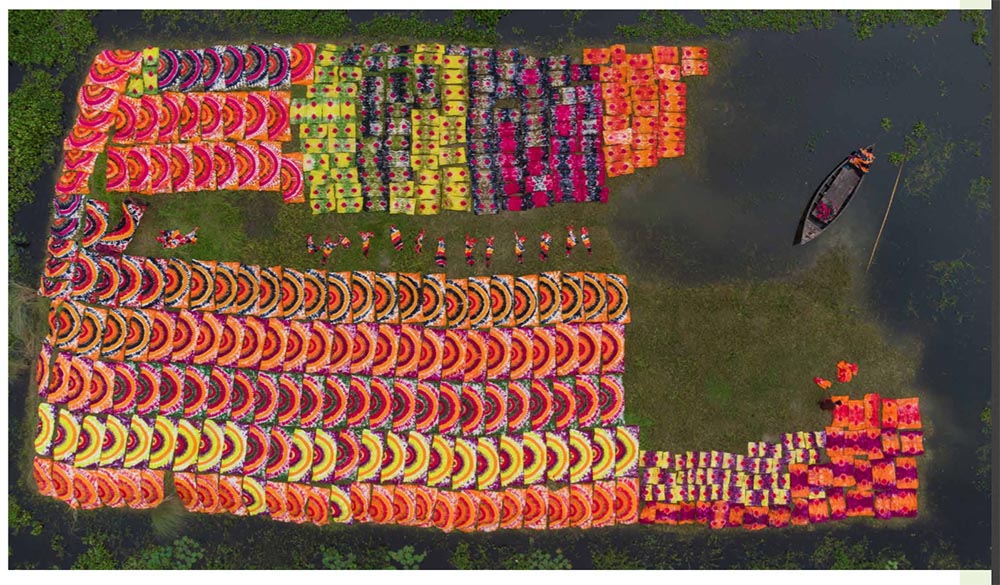
Colours of Life, S.M. Al Muztaba Rosul (17 years old), Bangladesh
Villagers of Bunty Village, Narayanganj, Bangladesh dry Batik print textiles on the riverbank. This region, and its people, sit at a junction of the Silk Roads, a connection between the East and the West. The people pictured here keep this chain of textile exchange running through their skill, effort, and love.
©S.M. Al Muztaba Rosul / UNESCO Youth Eyes on the Silk Roads
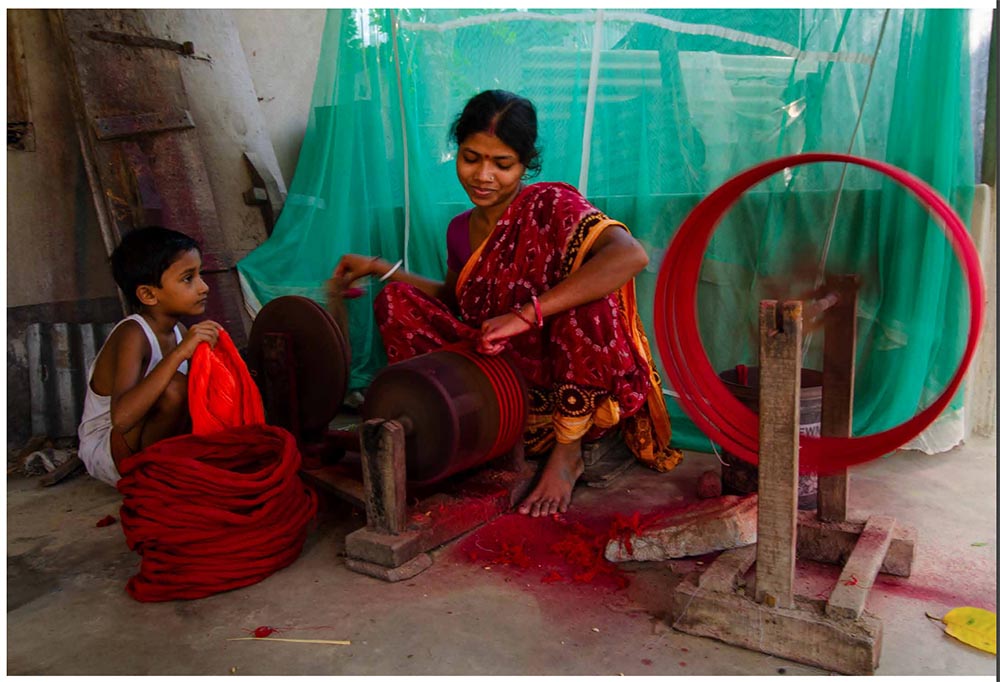
Devine Threads Between Mother and Child, Suhana Dutta (19 years old) India
In a remote village in Shantipur, West Bengal, India, a woman makes thread for sarees on a handloom. Her young son watches, observing this important traditional craft skill.
©Suhana Dutta / UNESCO Youth Eyes on the Silk Roads
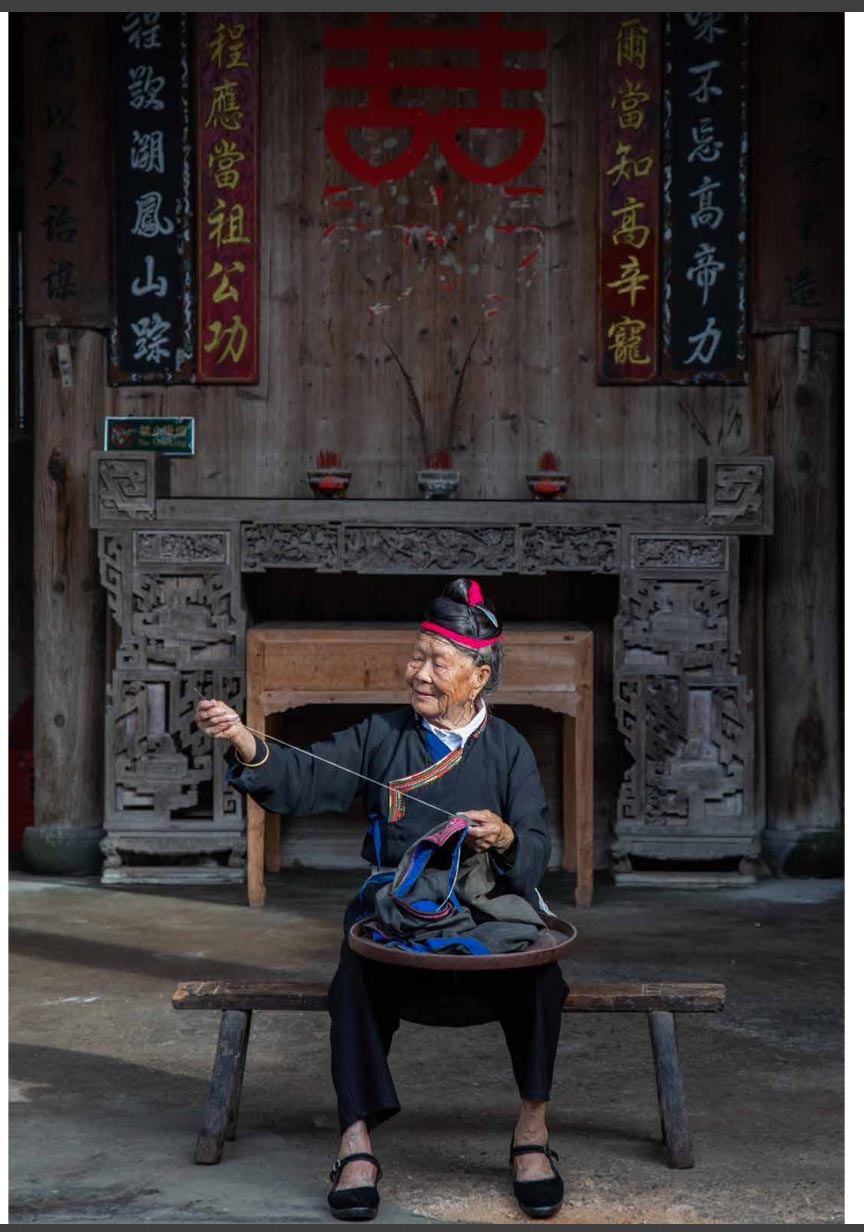
A She woman makes an embroidered handkerchief in Xiapu County, Fujian Province, China. She women are incredibly skilled craftspeople specialising in weaving embroidery. Embroidered handkerchiefs like the one being made here are often given as gifts or romantic gestures
UNESCO-MOST
A program aiming to strengthen the connection between research and policy and between knowledge and action. This is key to fostering positive social change towards inclusive and sustainable development.
https://en.unesco.org/themes/social-transformations/most
UNESCO-MOST
A program aiming to strengthen the connection between research and policy and between knowledge and action. This is key to fostering positive social change towards inclusive and sustainable development.
https://en.unesco.org/themes/social-transformations/most
